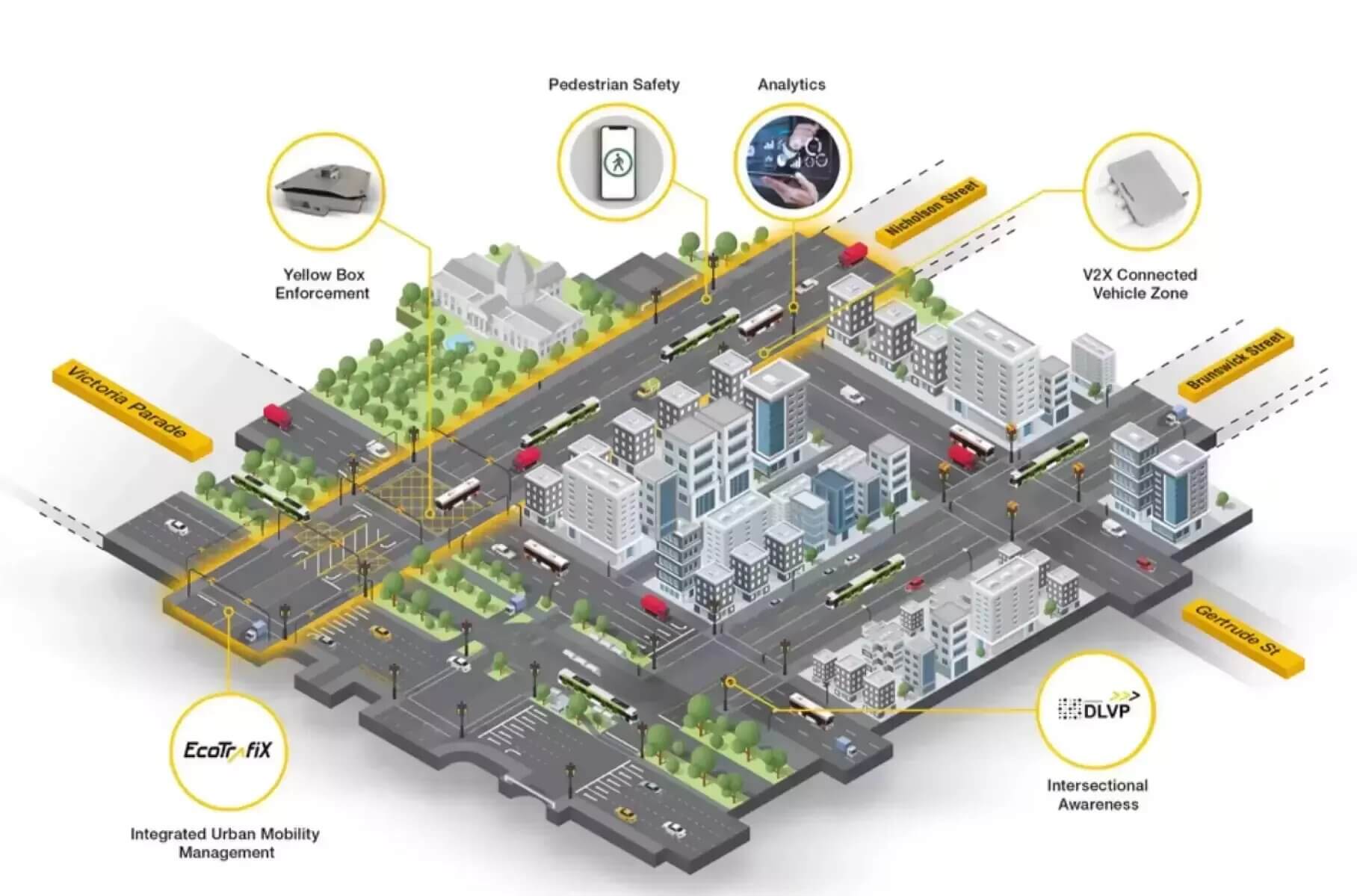Russian manufacturers of complexes for automatic fixation of traffic violations have produced many different types of traffic cameras. And that is why most motorists now consider, not without reason, any electronic device with a lens on a pole as nothing more than another penal device. Including white plastic balls, the purpose of which is actively disputed.
Now, in addition to the once most massive and now obsolete Strelkas of the first generation, more and more new models and modifications of complexes for automatic resolution of traffic violations on Russian roads are appearing. It is difficult to even remember the names of all of them: the Kordon, Skat, Chris, Arena, Robot, Avtohuragan families, the same Arrows and others are constantly multiplying and expanding. They are produced in various form factors: from copying the design of banal security systems to “boxes” of various sizes with all kinds of slots for radar antennas and lenses for video units. And in cities, violations of the rules are also checked by “black balls” on poles – “Street Falcon”, “Parkon-S” and their analogues.
But there is another kind of “camera, not a pillar” that the vast majority of motorists are not aware of. They look like a fairly large white plastic ball with a lens built into it. Such a “ball” is equipped with its own rotating “suspension” and can point its camera in all directions. Although she usually “looks” in one direction all the time.
Should motorists fear fines for photographic material obtained from such devices? To answer this question, you need to look closely at the position of the lens of such a device. Usually it is oriented to capture the entire roadway of even a major highway. Or, for example, the entire area of the intersection. At the same time, the dimensions of the camera body clearly do not imply the installation of long-range optics, such as, for example, the same Strelka Plus, which determines the speed of cars in the stream of the video image.
That is, the optics of our “ball”, it would seem, are not the best possible. And he clearly lacks a radar unit. And the stationary traffic police camera does not need a mechanism that generally provides mobility. Our strange camera is therefore clearly not intended to hand out fines. It is part of the city’s video surveillance system. Also for the movement of transport, and for incidents “in the entrusted area”.
Simply put, the driver can ignore the “white balls” on the posts – unlike dome cameras with a darkened, translucent hemisphere of a protective dome that faces the ground. These devices can be fined, and how!
Now, in addition to the once most massive and now obsolete Strelkas of the first generation, more and more new models and modifications of complexes for automatic resolution of traffic violations on Russian roads are appearing. It is difficult to even remember the names of all of them: the Kordon, Skat, Chris, Arena, Robot, Avtohuragan families, the same Arrows and others are constantly multiplying and expanding. They are produced in various form factors: from copying the design of banal security systems to “boxes” of various sizes with all kinds of slots for radar antennas and lenses for video units. And in cities, violations of the rules are also checked by “black balls” on poles – “Street Falcon”, “Parkon-S” and their analogues.
But there is another kind of “camera, not a pillar” that the vast majority of motorists are not aware of. They look like a fairly large white plastic ball with a lens built into it. Such a “ball” is equipped with its own rotating “suspension” and can point its camera in all directions. Although she usually “looks” in one direction all the time.
Should motorists fear fines for photographic material obtained from such devices? To answer this question, you need to look closely at the position of the lens of such a device. Usually it is oriented to capture the entire roadway of even a major highway. Or, for example, the entire area of the intersection. At the same time, the dimensions of the camera body clearly do not imply the installation of long-range optics, such as, for example, the same Strelka Plus, which determines the speed of cars in the stream of the video image.
That is, the optics of our “ball”, it would seem, are not the best possible. And he clearly lacks a radar unit. And the stationary traffic police camera does not need a mechanism that generally provides mobility. Our strange camera is therefore clearly not intended to hand out fines. It is part of the city’s video surveillance system. Also for the movement of transport, and for incidents “in the entrusted area”.
Simply put, the driver can ignore the “white balls” on the posts – unlike dome cameras with a darkened translucent hemisphere of the protective dome facing the ground. These devices can be fined, and how!
Source: Avto Vzglyad
Donald Salinas is an experienced automobile journalist and writer for Div Bracket. He brings his readers the latest news and developments from the world of automobiles, offering a unique and knowledgeable perspective on the latest trends and innovations in the automotive industry.














